The future of web visualization is Open Source?
In a market dominated by Forge and Autodesk services, the IFC.js library, built on the IFC standard and the Three.js engine, is positioning itself as a very interesting alternative for creating applications for architectural data visualization and querying on the web.
Although it currently lacks the level of polish and integration offered by Forge (it’s worth noting that it’s a relatively “young” project with a small team) and depends on the adoption of the IFC format, it is evolving at a good pace and is managing to attract attention from the sector with its potential.
Some of its strengths include:
It is relatively easy to implement…
A simple viewer can be up and running in 20 minutes with basic HTML and JavaScript knowledge using the “web-ifc-viewer” layer.
It is very versatile…
We can build “on top” with a JavaScript framework like React, Vue, or Angular… or “underneath” by accessing the geometry management layer or optimizing processes to speeds close to compiled code with WebAssembly.
And it is Open Source…
Therefore, we can implement our app as we see fit, modify the code, manage data and model loading from wherever we choose, and protect ourselves from sudden changes that sometimes occur when relying on proprietary solutions.
At atBIM, we didn’t think twice and have already begun developing our IFC viewer using components from this library, and the results are very promising.
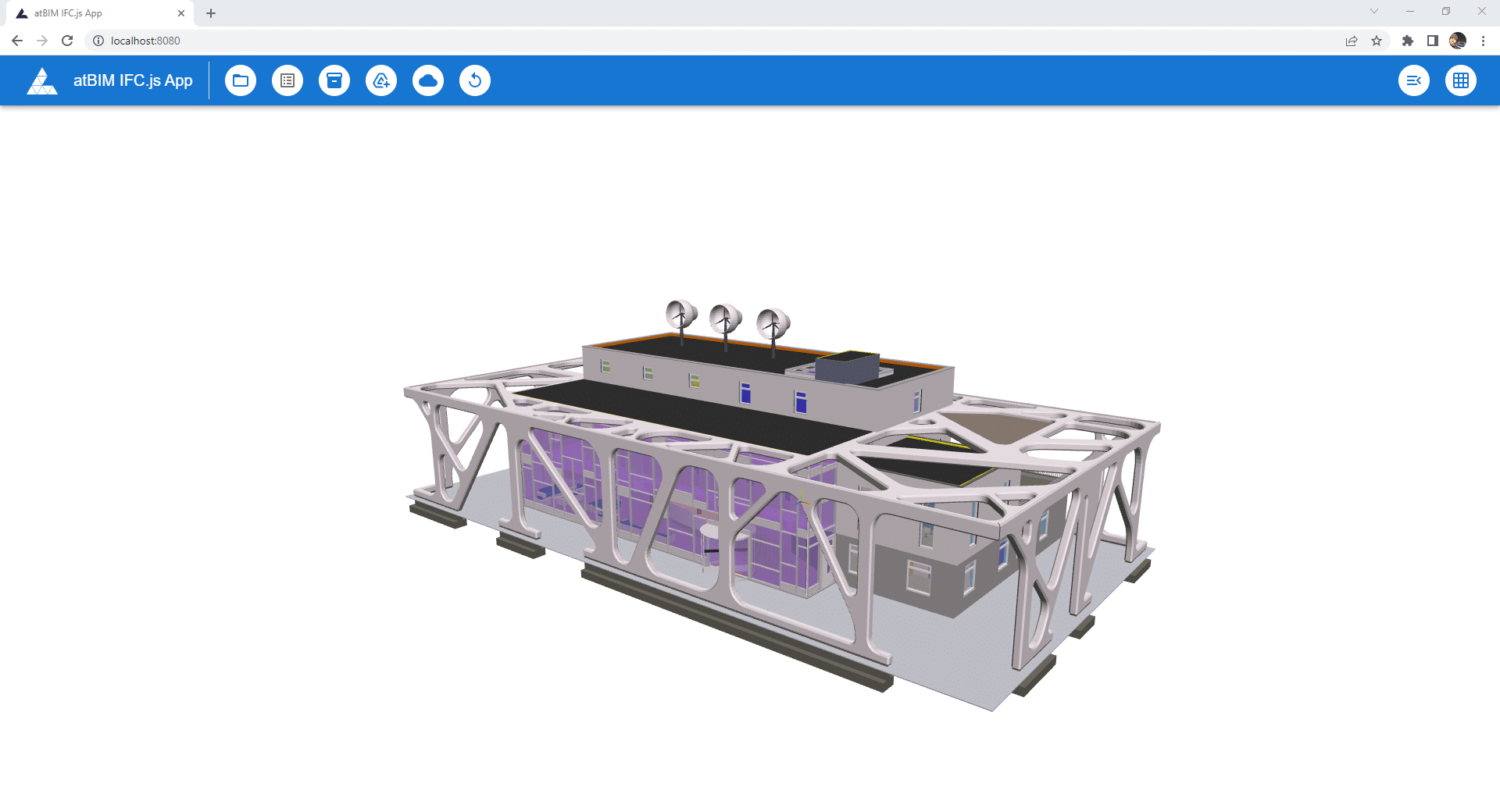
Implementing certain functions has required some research, but once you discover “where to call,” they usually don’t require extensive logic.
For example, with just two lines, we can reset the viewpoint:
viewer.context.ifcCamera.cameraControls.setLookAt(#,#,#,#,#,#,true);
viewer.context.fitToFrame();
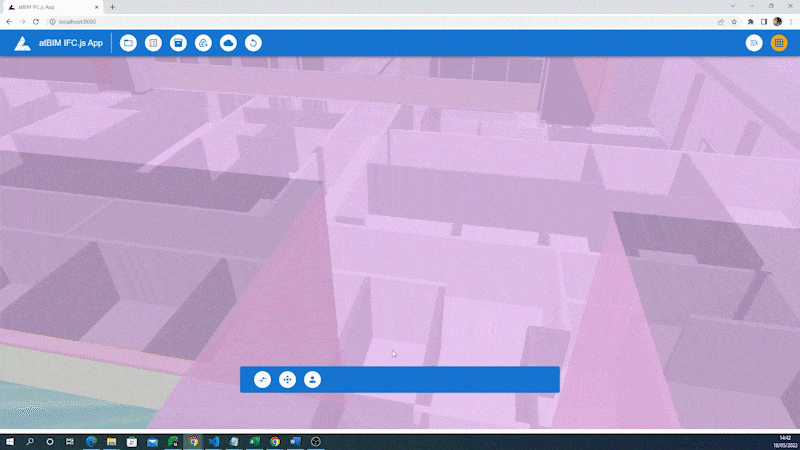
Or activate and deactivate cutting planes with just one line:
viewer.clipper.toggle();
The IFC format makes data access and organization not require very complex systems, but the extension of information present in the “heavier” models needs structures that present it clearly.
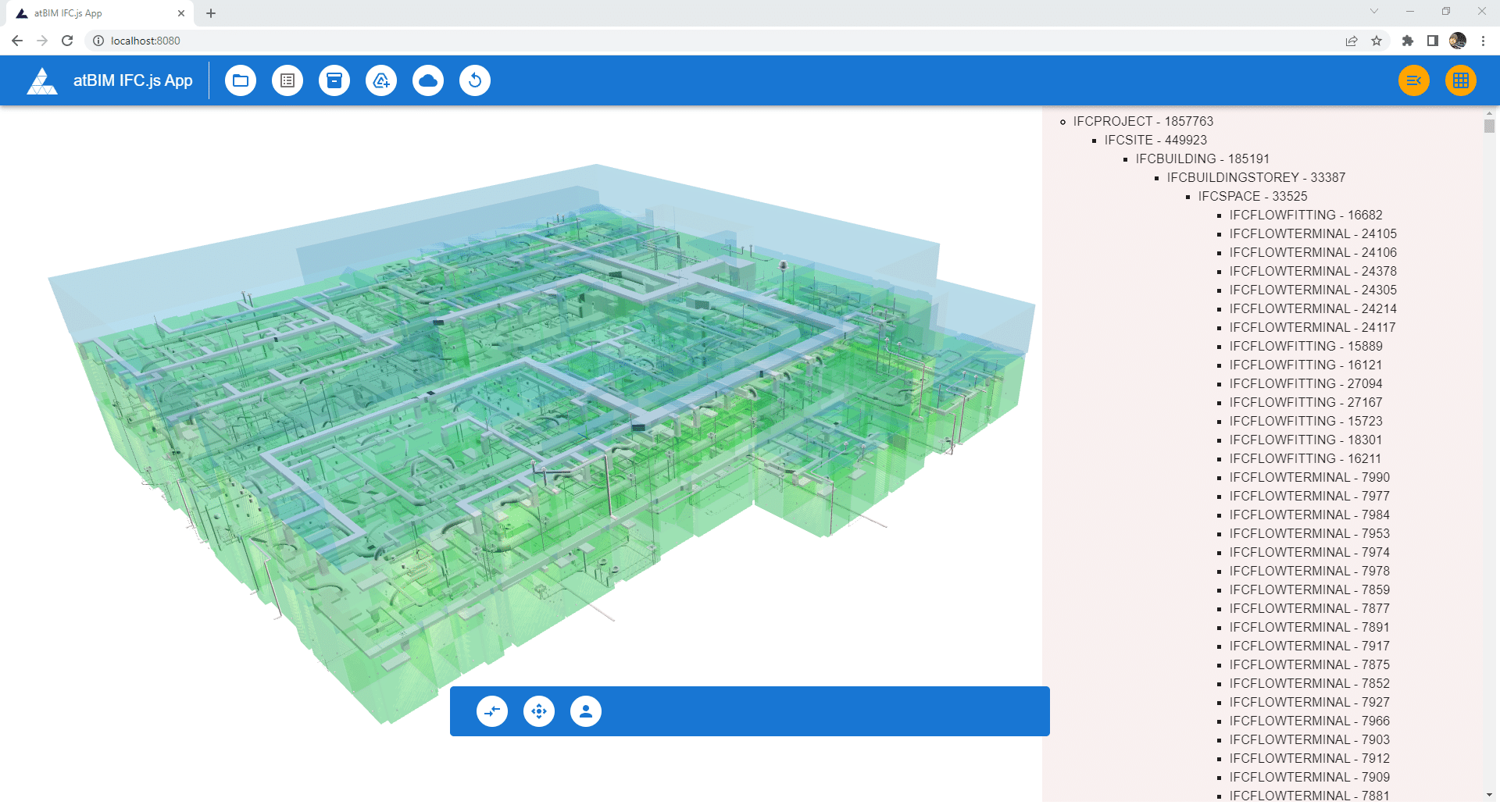

Model loading is implemented for local, public URL, or Dropbox (the latter requires creating an app in the Dropbox developer service).
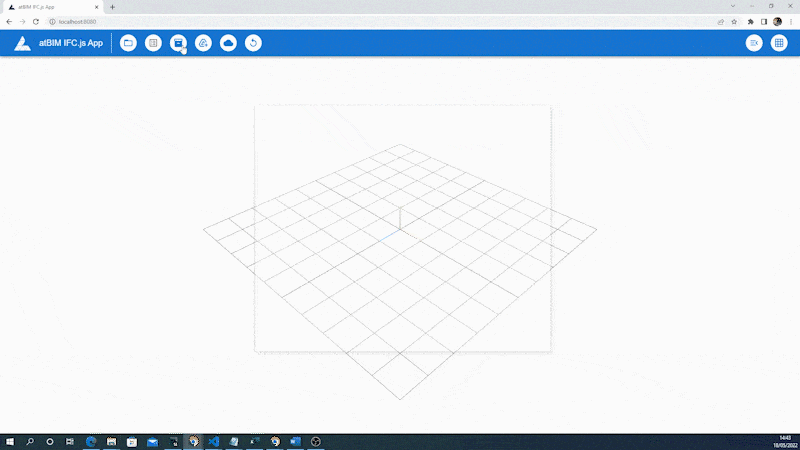
At atBIM, it’s a priority to be compatible with Google Drive and Azure services, so we’re already working on their integration.
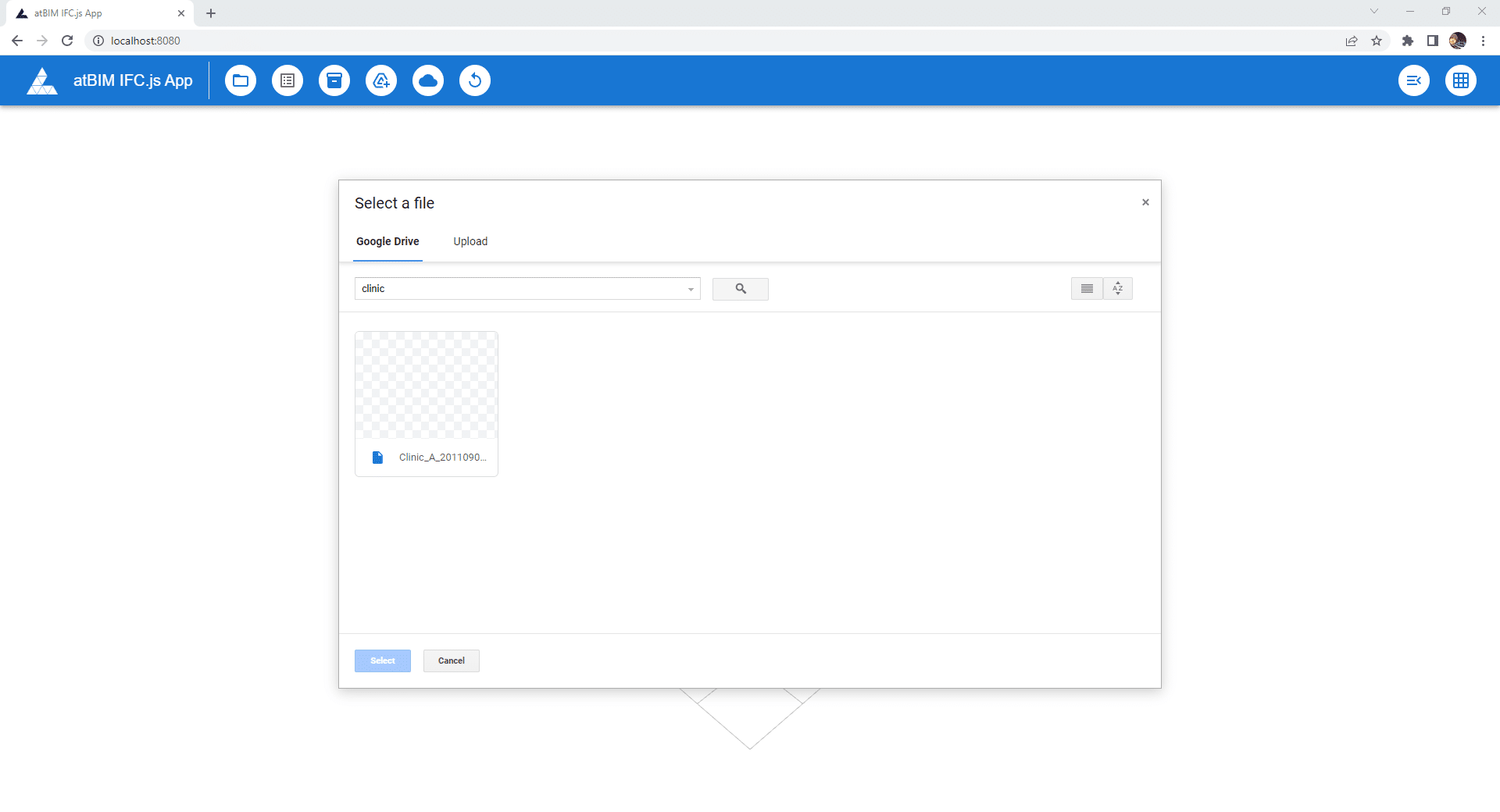
These are just a few examples of what we’re creating with IFC.js. We’re excited about the possibilities and continue to discover new ones. We’ll soon make our application public and hope you try it out.
We’re getting on board with IFC.js. How about you?
Lo sentimos, no pudimos encontrar ningún post. Por favor ensaye una búsqueda diferente

